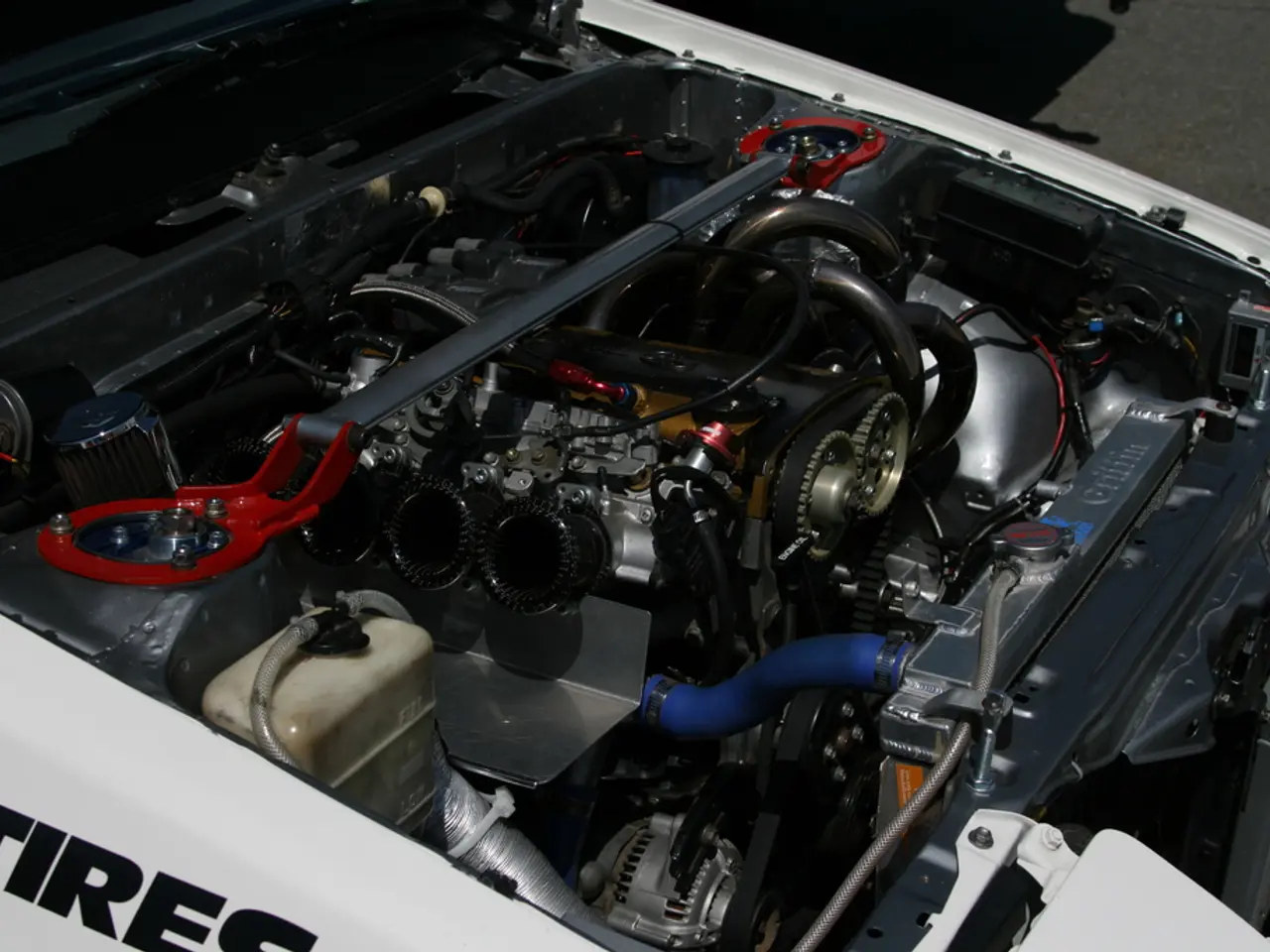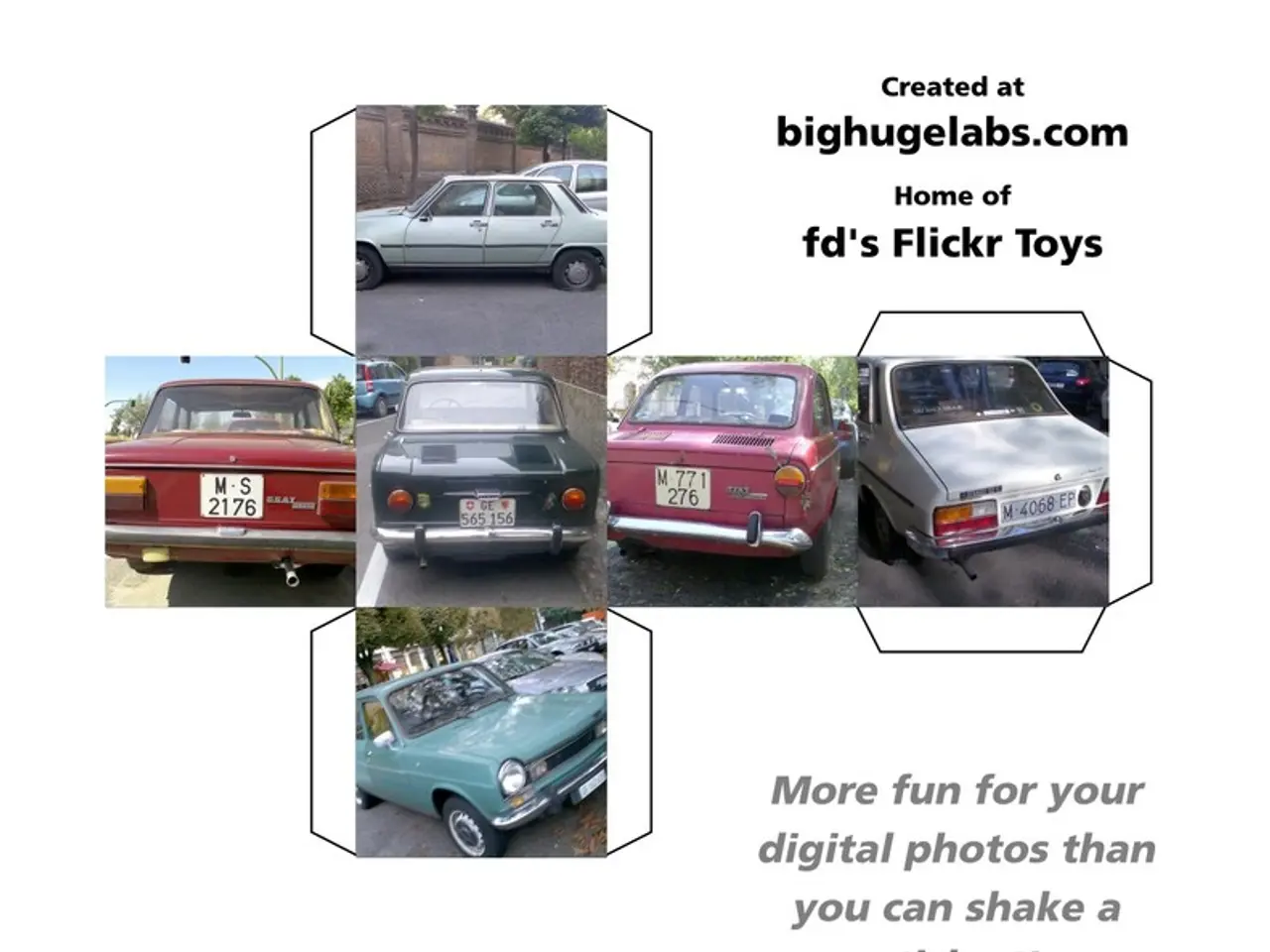Latest Developments in Electric Vehicles, Batteries, and Charging: Rivian, Ionic Mineral, Continental, and Enhanced Rare Earth Vehicles (EREVs)
Advanced Battery Technology Transforms the Electric Vehicle Landscape
The electric vehicle (EV) industry is experiencing a surge of innovation, with significant advancements in battery technology, strategic partnerships, and rapid progress in fast-charging capabilities.
Key Innovations and Technologies
One of the most promising developments is the solid-state battery. Huawei has patented a solid-state battery with a nitrogen-doped sulfide electrolyte, capable of delivering up to 3,000 km range and recharging fully in just 5 minutes [1]. Similarly, researchers from Harvard have developed a solid-state battery that can recharge in 10 minutes and retain 80% capacity after 6,000 cycles [4]. These advancements address range and charging time challenges and offer energy densities roughly 2–3 times current lithium-ion standards.
Another exciting development is the hybrid multi-chemistry battery system. Combining different chemistries in one pack, such as a small solid-state module for rapid charging paired with a larger lithium iron phosphate (LFP) battery for storage, improves performance and cost efficiency [2].
Artificial intelligence and machine learning are also playing a crucial role in battery development. They optimise battery material research, safety diagnostics, lifecycle management, and predictive maintenance [3][5]. Advanced techniques like Electrochemical Impedance Spectroscopy (EIS) and real-time monitoring improve safety, reliability, and battery longevity.
Partnerships and Industry Directions
The industry is coalescing around high-voltage systems (800V+) and ultra-fast chargers currently at 350 kW, with future commercial vehicles possibly supporting megawatt-scale (1+ MW) charging—a standard known as Megawatt Charging System (MCS) [2]. Collaborations between battery makers, automotive OEMs, and tech companies facilitate the introduction of these breakthroughs into production vehicles. Bidirectional charging and wireless charging technologies are also advancing, enabling EVs to act as energy assets for the grid or homes [2].
Fast-Charging Capabilities
Solid-state batteries significantly shorten charging times (5–10 minutes for a full charge) while maintaining or improving range and cycle life [1][4]. Charging power outputs are increasing, with 350 kW chargers becoming widespread and megawatt charging emerging for heavy-duty vehicles and high-performance passenger EVs [2]. Integration of fast charging is supported by evolving infrastructure and standards development, ensuring compatibility and safety at high power levels.
The Rise of the Extended-Range Electric Vehicle (EREV)
A new trend in the auto industry is the Extended-Range Electric Vehicle (EREV), which combines elements of EVs and plug-in hybrids (PHEVs). Unlike traditional PHEVs, EREVs drive primarily as EVs and use a gas engine as a generator to recharge the battery, extending range efficiently without directly powering the wheels [6]. Companies such as Rivian, Scout Motors, and Volkswagen's new brand have introduced EREV models with impressive range extensions [7]. Automakers are hoping Western markets will adopt EREVs as a transition to a fully electric future, inspired by the technology's success in China, where EREVs now make up 9% of all EV sales [8].
With these advancements, the future of the EV industry looks bright, as innovations in battery technology and fast-charging capabilities continue to push the boundaries of what is possible.
References: [1] Huawei solid-state battery patent [2] TechCrunch: Fast Charging Explained [3] Electrochemical Impedance Spectroscopy [4] Harvard solid-state battery research [5] AI in battery research [6] EREV explanation [7] Rivian EREV [8] China's EREV market share
The solid-state battery technology, as evident in Huawei's patented battery and research at Harvard, promises faster charging times and improved energy densities, potentially revolutionizing the electric vehicle landscape just like advancements in sports equipment transform athletic performance.In addition to solid-state batteries, hybrid multi-chemistry battery systems, which combine different battery chemistries for better performance and cost efficiency, represent another significant breakthrough in technology, similar to the fusion of science and technology in the development of cutting-edge sports equipment.





